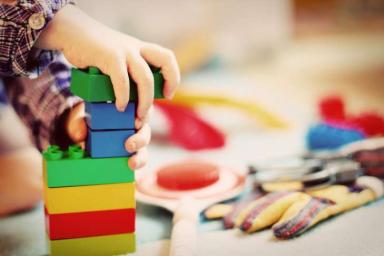Practical and functional furniture can transform almost every room, and it's especially important for children's bedrooms.
Furniture for children's bedrooms that isn't functional can hinder the practicality and usability of the space.
Here are some examples of non-functional children's bedroom furniture.
Excessively Elaborate Designs
Furniture with intricate and ornate designs might look appealing, but if it lacks functional features like storage or usability, it can be impractical for children's needs.
Overly Large or Bulky Items
Furniture that takes up excessive space can leave little room for play and movement.

It can also make the room feel cramped and limit the child's ability to use the space effectively.
Single-Purpose Items
Furniture that serves only one purpose without offering versatility can limit the functionality of the room.
For instance, a bed that doesn't have storage or a desk that can't be used for other activities.
Non-Adjustable Furniture
As children grow, their furniture needs change.
Non-adjustable furniture that doesn't adapt to their changing needs can become obsolete quickly.
Fragile Materials
Furniture made from delicate or easily damaged materials might not withstand the wear and tear of children's activities, rendering it non-functional in the long run.
Uncomfortable Seating
Seating that lacks proper cushioning or ergonomic design can be uncomfortable for children to use for homework, reading, or play.
Impractical Storage Solutions
Furniture with inadequate or hard-to-access storage compartments can lead to clutter and disorganization in the room.









